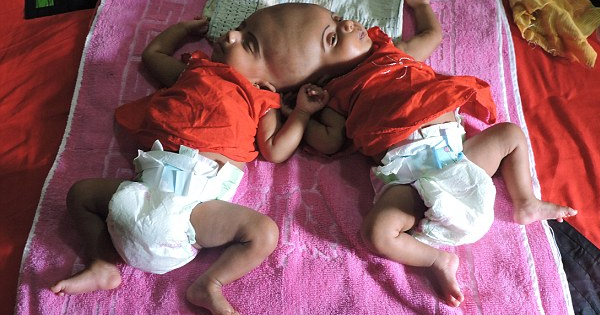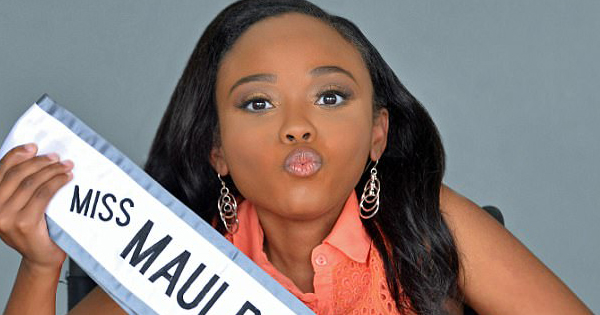Advertisement
Parents Taslima Uno and Mohammed Islam were anticipating the arrival of their second and third children – twins. For the first eight months of Taslima’s pregnancy, everything proceeded smoothly.
In the final month, however, Taslima began to feel pain in her abdomen. Her husband took her to the doctors, who announced that their children’s heads were too large. They feared that the twins had too much water in their brains and gave Taslima medicine in hopes of reducing the size before having her give birth via C-section.
It was only during labor that the doctors discovered the root cause of Taslima’s pain.
“Two babies!” the doctor had shouted, “Give them medicine, we have to save their lives.”
Taslima wasn’t well enough to see her daughters until the following day, but that night, she had already “started to worry that [she] had given birth to babies who were conjoined.”
The next day, Taslima and Mohammed finally laid eyes on their daughters. Mohammed’s reaction to the news was, quite simply, nervousness. “I had never seen babies like this,” he said.
For Taslima, the concern was much more tangible, “How will I hold them? How will I feed them? How will I take care of them?”
Twins Rabia and Rukia remained two weeks in the intensive care unit, where doctors determined them to be perfectly healthy. Their heads were joined “side by side,” which “makes physical movement, such as bending the neck, easier,” explained their doctor, Professor Rohu Rahim.
Unfortunately, Rahim won’t know if the twins are safe to separate until they’re two years old.
Doctors wants the twins to develop more, so they can more safely determine whether the blood flow between the twins’ brains are separate or shared. If the situation is the former, then Rabia and Rukia will eventually be able to be separated. If it’s the latter, doctors will have more concerns in undertaking this endeavor.
For mother, Taslima, the concern is more about her daughters’ futures. “For their future it's necessary to separate the girls - they are not having a healthy life. If I don't separate them now maybe in future [sic] they will ask why I didn't separate them?
“To live healthy lives surgery is important, I pray to God that both my babies should stay alive after surgery and they can lead beautiful lives.”




